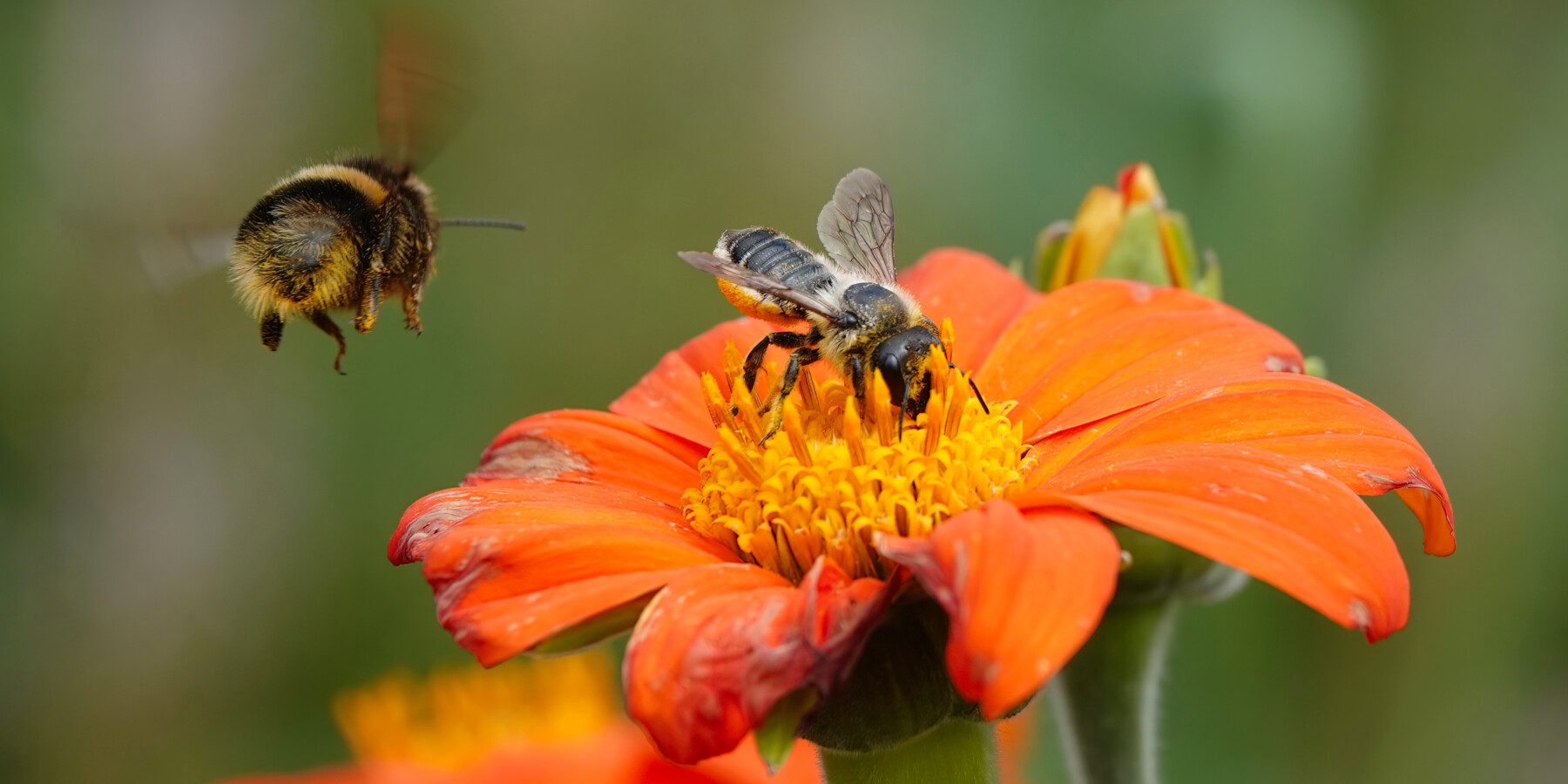
Ways to Enhance Biodiversity: Breathing Life Back into Our Landscapes
-
14 March 2025
The Symphony of Nature: Why Biodiversity Matters
Imagine a world without the hum of bees, the rustling of leaves, or the chorus of birds at dawn. It would be a silent, lifeless place, a stark contrast to the vibrant ecosystems that surround us today.
Biodiversity is the intricate web of life, encompassing everything from towering oak trees to the tiniest soil-dwelling microbes. It is the fabric of our planet’s health, supporting agriculture, filtering air and water, and stabilising our climate. Yet, with rapid urbanisation and environmental degradation, biodiversity is dwindling at an alarming rate.
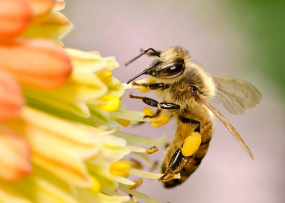
At Urban Planters, we believe that with better landscaping and urban design choices, we can turn this tide. Here are 10 powerful ways to help enhance biodiversity and create thriving green spaces for generations to come.
1. Planting Native Trees: The Heartbeat of the Ecosystem
Native trees are more than just greenery; they are lifelines for countless species. Over thousands of years, British flora and fauna have evolved alongside trees such as English oak, birch, and hawthorn. These trees provide essential food sources, breeding grounds, and shelter for wildlife.
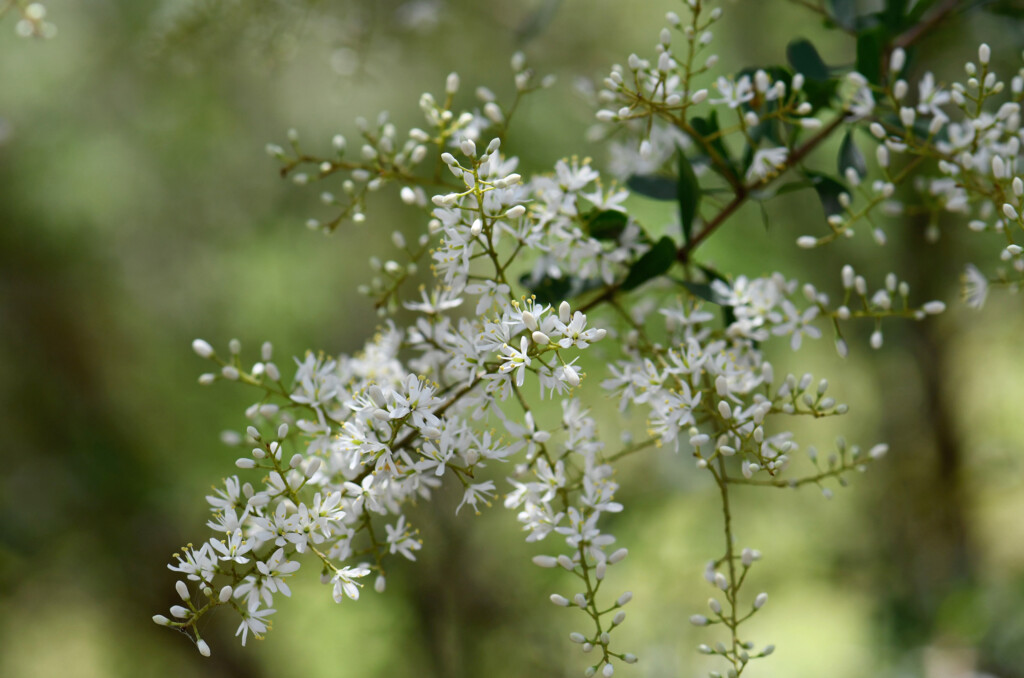
Unlike non-native species, which may struggle to support local ecosystems, native trees foster rich, interconnected communities of birds, insects, and mammals. Planting them is a simple yet profound way to nurture biodiversity in urban and rural landscapes alike.
2. Hedgerows and Shrubs: Living Corridors of Life
A hedgerow is more than a mere boundary; it is a bustling metropolis for wildlife. Birds nest within its branches, hedgehogs scuttle beneath its shelter, and insects feast on its flowers and berries. Shrubs such as blackthorn, elder, and dogwood provide year-round nourishment and protection for creatures great and small.
Reintroducing hedgerows and native shrubs to our landscapes can restore these lost corridors of life, connecting fragmented habitats and allowing wildlife to flourish.
3. The Magic of Water: Creating Wetlands and Ponds
Water is life. A single pond can transform a barren space into a thriving ecosystem, attracting amphibians, dragonflies, and birds. Decomposing plant matter in water provides a rich food source for aquatic insects, which in turn support a diverse range of predators, from fish to bats.
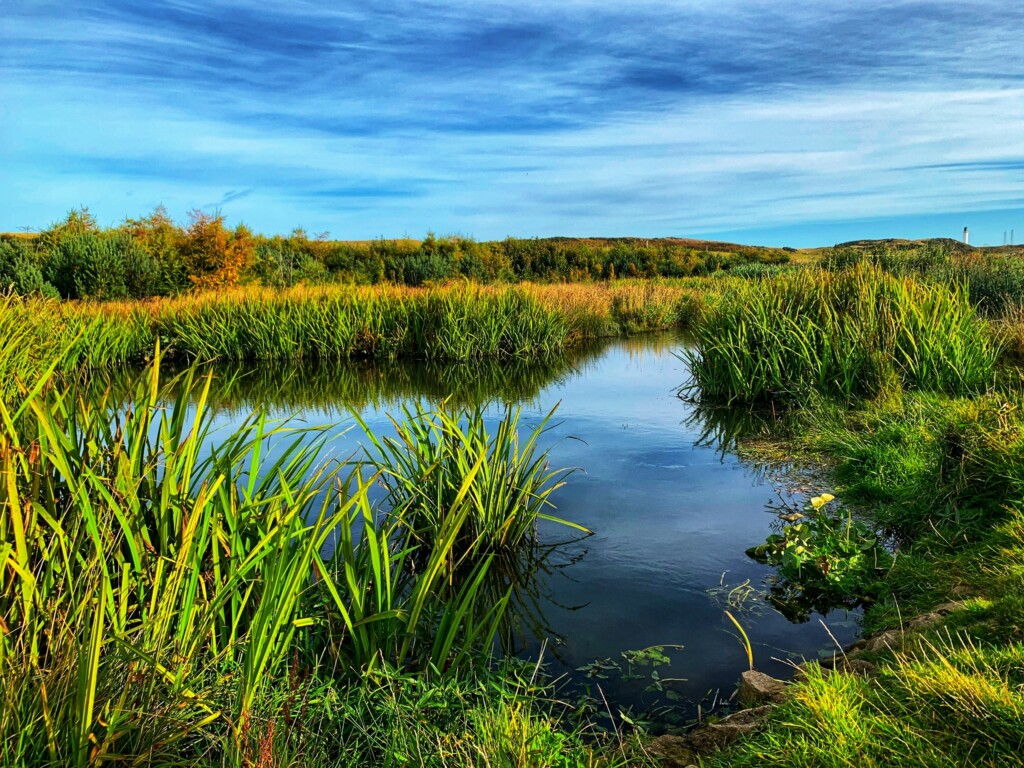
Adding water features, whether a pond, a wetland, or even a small container pond, invites nature to take up residence, enhancing local biodiversity with astonishing speed.
4. Rethinking Lawns: Letting the Wildflowers Grow
A manicured lawn may look pristine but it is often a biodiversity desert. Allowing sections of grass to grow wild or sowing wildflower meadows creates havens for pollinators such as bees and butterflies. A single acre of wildflowers can provide enough nectar to support nearly 96,000 honeybees in a day.
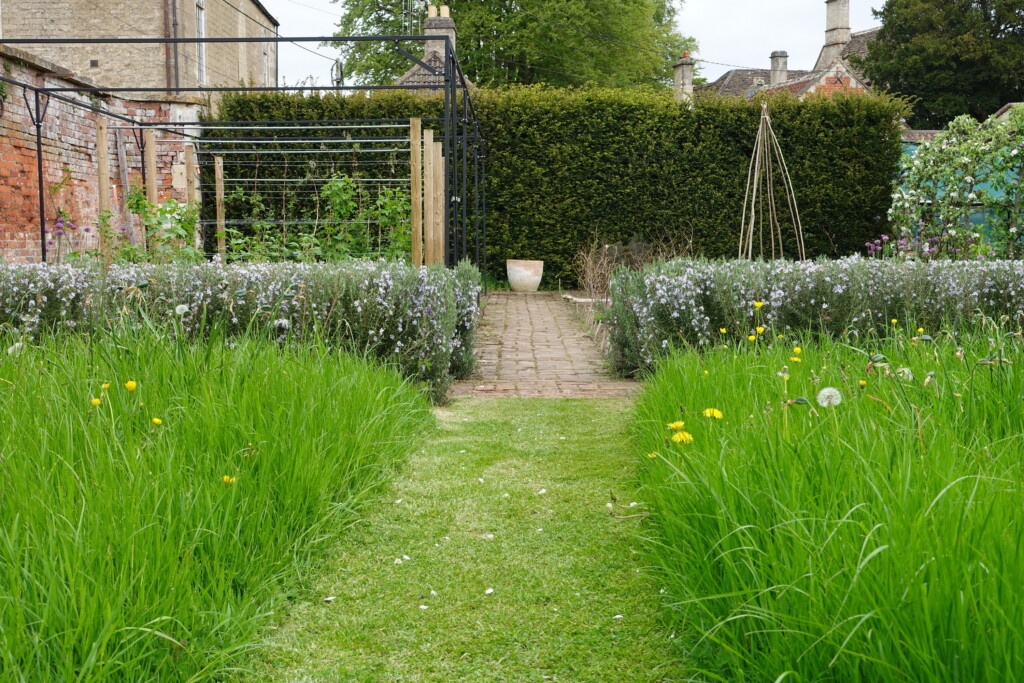
By reducing mowing and embracing a wilder aesthetic, we invite nature back into our gardens, parks, and corporate landscapes.
5. Say No to Chemicals: Protecting Soil and Water
Pesticides and herbicides, particularly those containing glyphosate, disrupt ecosystems as they don’t just kill weeds but also the beneficial insects and microorganisms that maintain soil health. Reducing or eliminating chemical use protects pollinators, birds, and mammals from harm.
At Urban Planters UK, we are pioneering natural weed management solutions, such as flame weeding and hot water treatments, to safeguard biodiversity while maintaining beautiful landscapes.
6. Building Homes for Wildlife: If You Build It, They Will Come
Urbanisation has stripped many species of their natural habitats, but we can give them a second chance. Man-made wildlife refuges such as bug hotels, bat boxes, hedgehog homes, and log piles provide essential shelter and breeding sites.
These structures not only support at-risk species but also serve as natural pest control solutions, attracting beneficial predators like ladybirds that help keep aphid populations in check.
7. Composting: Turning Waste into Life
A compost heap is a microcosm of life, teeming with insects, fungi, and beneficial bacteria. It reduces landfill waste, cuts methane emissions, and enriches soil with organic nutrients. Worm farms take composting a step further, creating a thriving ecosystem that supports birds and soil-dwelling creatures.

By composting, we close the loop of nature’s cycle, returning nutrients to the earth and fostering healthy, biodiverse landscapes.
8. Greening Our Cities: Vertical Gardens and Green Roofs
In our increasingly urban world, finding space for greenery can be challenging. However, green roofs and living walls offer a powerful solution. These structures provide refuge for birds, insects, and even small mammals while absorbing pollutants and reducing urban heat.
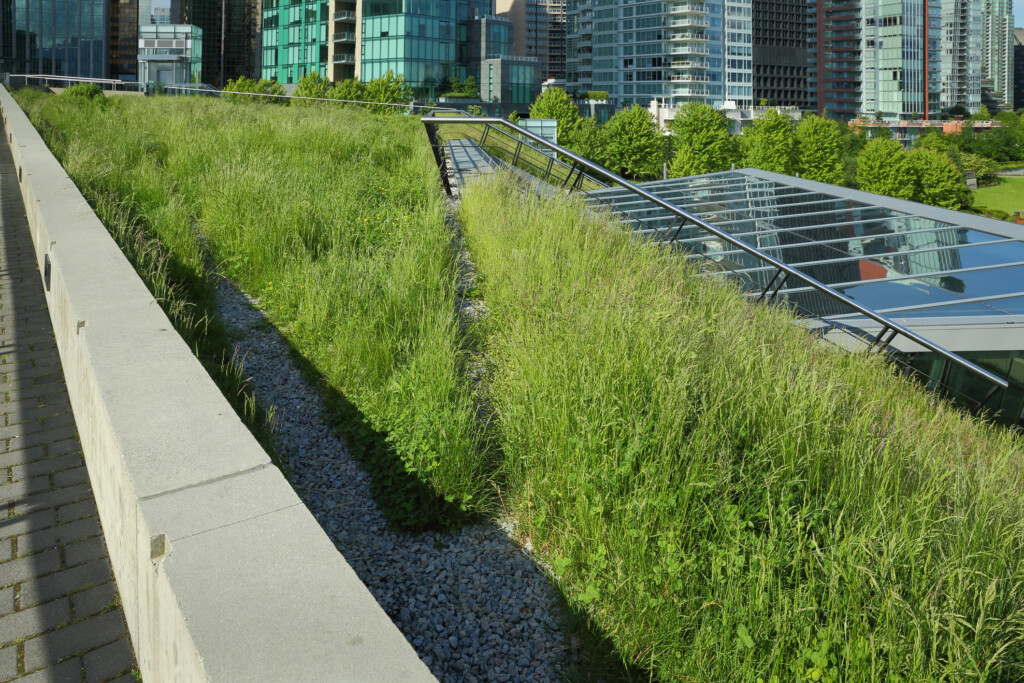
Adding vertical greenery to bike shelters, car parks, and office buildings can transform sterile environments into lush, biodiverse habitats, proving that every surface has the potential to support life.
9. Connecting Habitats: The Power of Green Infrastructure
Biodiversity thrives in interconnected ecosystems. Urban spaces often fragment wildlife habitats, isolating populations and making survival difficult. By integrating green corridors, such as tree-lined streets, hedgerows, and roadside wildflower strips, we create pathways that allow species to move freely and expand their populations.
10. A Call to Action: Rewilding Our Mindset
Enhancing biodiversity is not just about planting trees or building bug hotels; it is about shifting our perspective. Every choice we make in landscaping, whether in a home garden, corporate space, or public park, has the power to support or hinder biodiversity.
At Urban Planters, we are committed to creating greener, wilder spaces that invite nature back into our daily lives. Whether you are a business, a community, or an individual looking to make a difference, we can help you design a landscape that is both beautiful and also rich in life.
Let’s work together to turn grey into green, silence into song, and barren spaces into biodiversity hotspots. Contact Urban Planters UK today and join the movement to restore nature’s harmony.